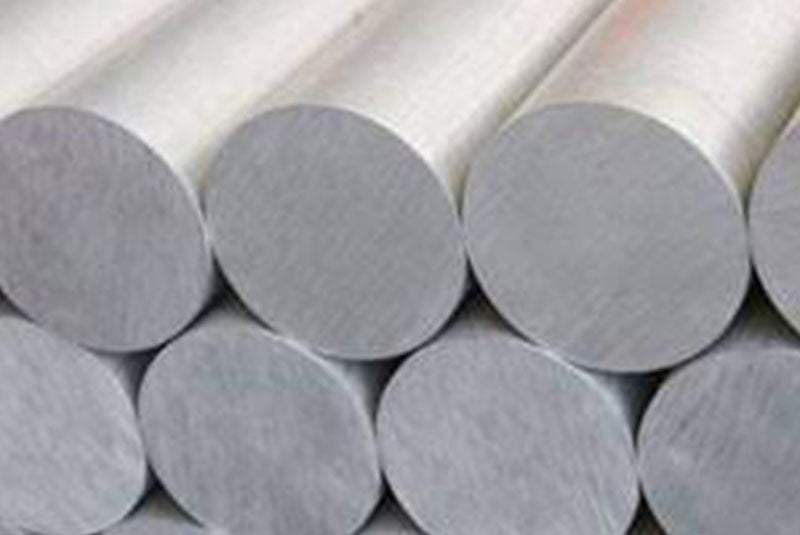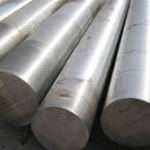Introduction

In the realm of metallurgy, D2 steel stands out for its exceptional hardness and durability, making it a popular choice in various industrial applications. Understanding the science behind D2 steel hardness unveils the intricate processes that contribute to its remarkable properties. This article delves into the composition, heat treatment, microstructure, and testing methods associated with D2 steel hardness, shedding light on its significance in engineering and manufacturing.
Composition of D2 Steel
At the core of D2 steel’s hardness lies its chemical composition. Typically categorized as a high-carbon, high-chromium tool steel, D2 steel comprises essential elements that dictate its performance characteristics. The concentration of carbon and chromium, along with other alloying elements, plays a pivotal role in determining the steel’s hardness, toughness, and corrosion resistance. Table 1 provides an overview of the composition of D2 steel:
| Element | Composition (%) |
|---|---|
| Carbon | 1.40 – 1.60 |
| Chromium | 11.00 – 13.00 |
| Vanadium | 0.50 |
| Molybdenum | 0.70 – 1.20 |
| Silicon | 0.60 |
| Manganese | 0.60 |
Heat Treatment Process
The heat treatment process is crucial in enhancing the hardness of D2 steel. Through carefully controlled heating and cooling cycles, the microstructure of the steel undergoes transformation, leading to the desired mechanical properties. The most common heat treatment processes for D2 steel include annealing, hardening, and tempering. Each stage serves a specific purpose in optimizing the steel’s hardness while maintaining sufficient toughness for practical applications.
Microstructure of D2 Steel
The microstructure of D2 steel, like many other tool steels, is complex and plays a crucial role in determining its mechanical properties, including hardness. D2 steel is primarily composed of a matrix of tempered martensite, a hard and strong phase formed during the quenching process of heat treatment. Within this martensitic matrix, various secondary phases and carbides are dispersed, contributing to the overall microstructure.
Carbides in D2 Steel
One of the key features of D2 steel microstructure is the presence of carbides, particularly chromium carbides. Chromium carbides form during the tempering stage of heat treatment when chromium atoms combine with carbon atoms to precipitate out of the martensitic matrix. These carbides are extremely hard and provide resistance to abrasive wear, enhancing the overall hardness and wear resistance of D2 steel.
Effect of Microstructure on Hardness
The dispersion of carbides throughout the microstructure of D2 steel plays a significant role in its hardness. The presence of finely distributed carbides impedes the movement of dislocations within the crystal lattice of the steel, effectively strengthening the material and increasing its resistance to deformation. This mechanism, known as carbide strengthening, contributes to the high hardness of D2 steel, making it suitable for applications requiring excellent wear resistance and cutting performance.
Testing Methods for D2 Steel Hardness

Accurate assessment of D2 steel hardness is essential for ensuring quality and performance. Various testing methods are employed to evaluate the hardness of D2 steel, with each method offering unique advantages depending on the application. Commonly used techniques include Rockwell hardness testing, Vickers hardness testing, and Brinell hardness testing. These methods measure the steel’s resistance to indentation under controlled conditions, providing valuable data for material selection and quality control.
Conclusion
The exceptional hardness of D2 steel is a result of its precise composition, meticulous heat treatment, and distinct microstructure. By understanding the science behind D2 steel hardness, engineers and manufacturers can harness its full potential in demanding applications. From cutting tools to industrial machinery, D2 steel continues to demonstrate its superiority in terms of performance and reliability.
FAQ
Q:What makes D2 steel particularly hard?
A:D2 steel’s hardness is attributed to its high carbon and chromium content, along with the presence of carbide-forming elements such as vanadium and molybdenum.
Q:How does heat treatment affect the hardness of D2 steel?
A:Heat treatment alters the microstructure of D2 steel, enhancing its hardness through processes like annealing, hardening, and tempering.
Q:What testing methods are used to measure D2 steel hardness?
A:Common testing methods include Rockwell, Vickers, and Brinell hardness testing, each offering insights into the steel’s resistance to indentation.
Q:Is D2 steel suitable for high-temperature applications?
A:While D2 steel exhibits excellent hardness and wear resistance, its performance at high temperatures may be limited compared to specialized high-speed steels or alloys.
Q:How can I optimize the hardness of D2 steel for my specific application?
A:Achieving the desired hardness requires precise control of composition, heat treatment parameters, and microstructural refinement, tailored to the requirements of the intended application.
